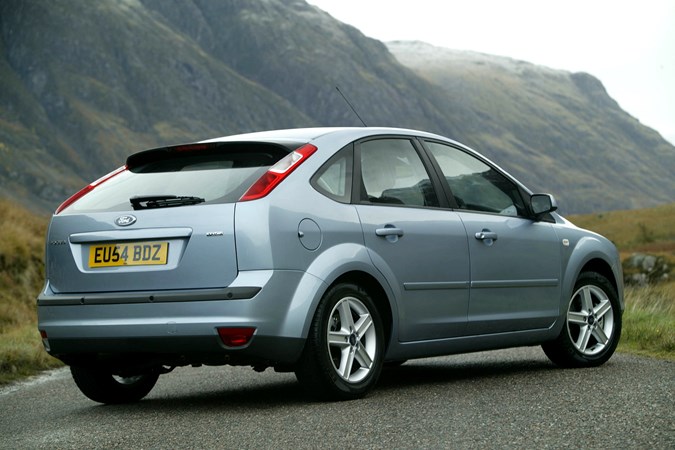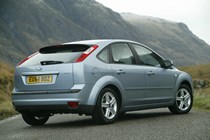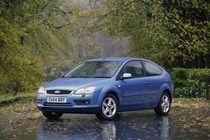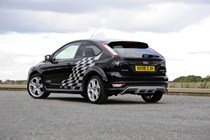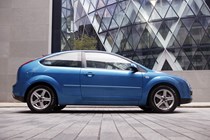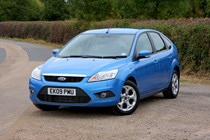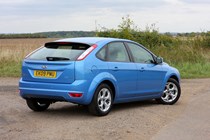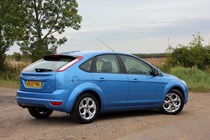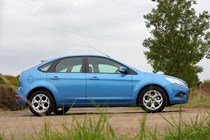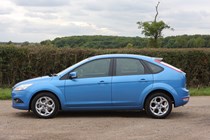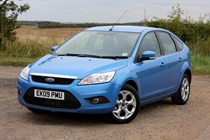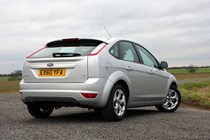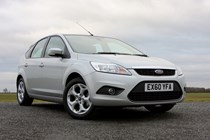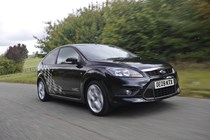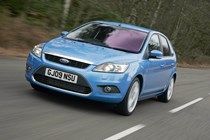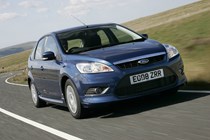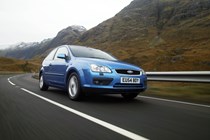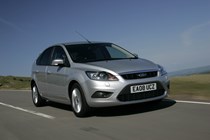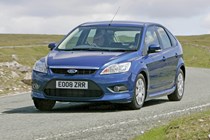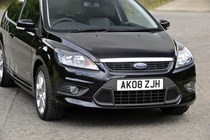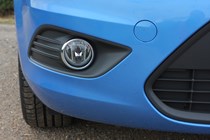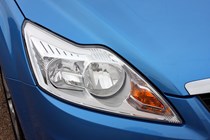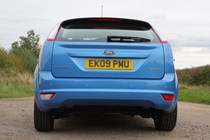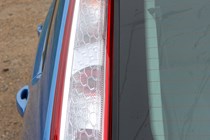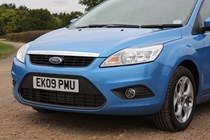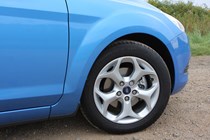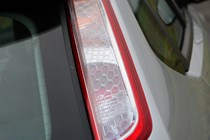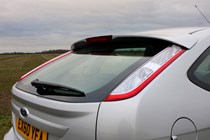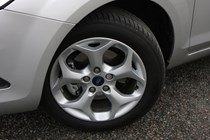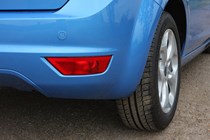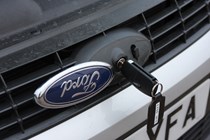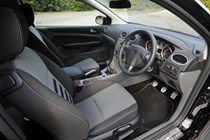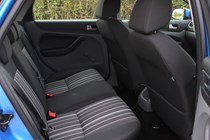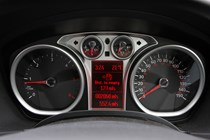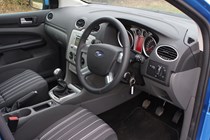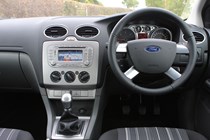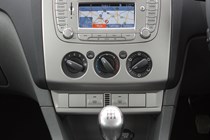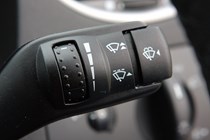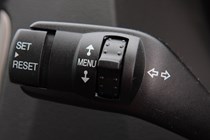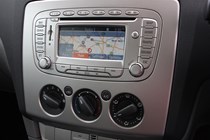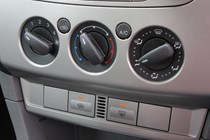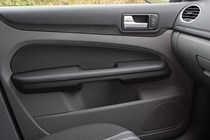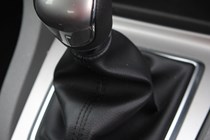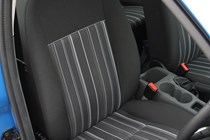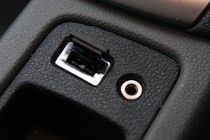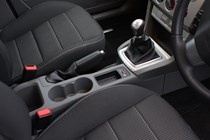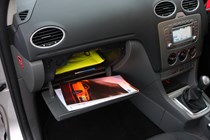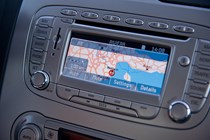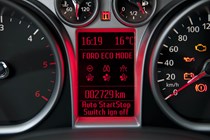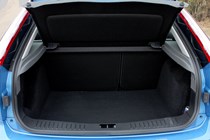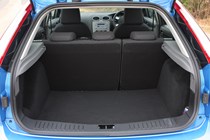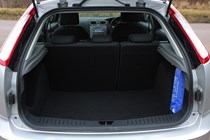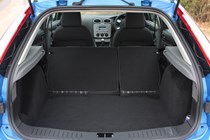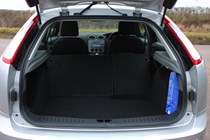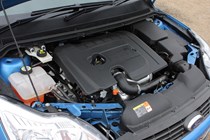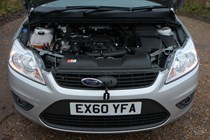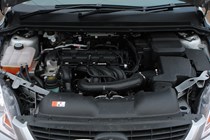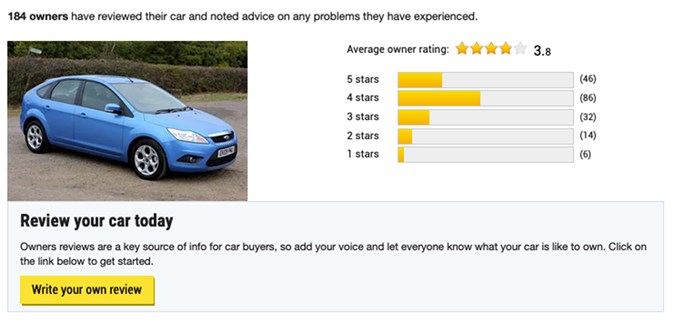Ford Focus Hatchback (2005-2011) review
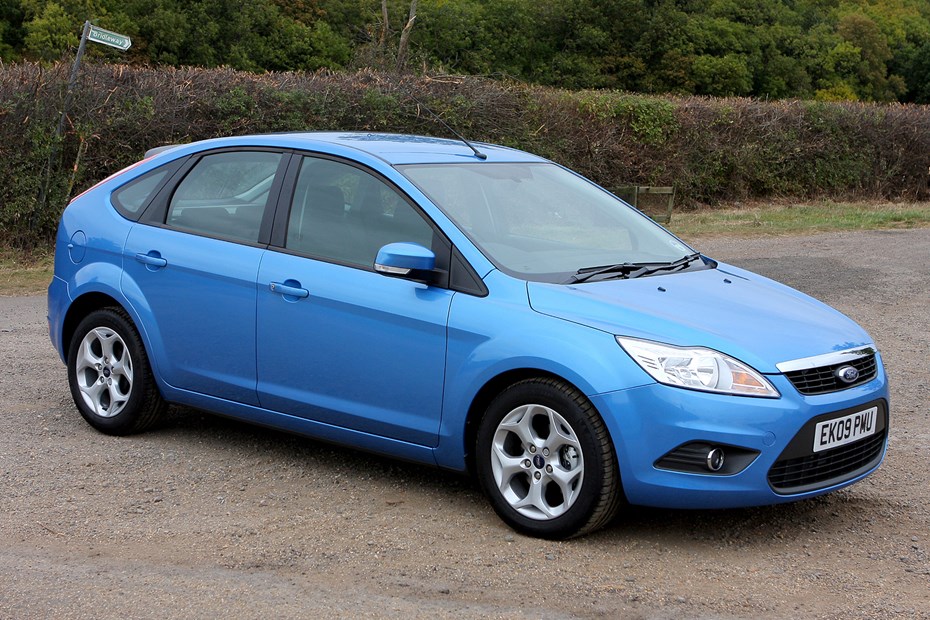
At a glance
| Price new | £11,555 - £20,700 |
|---|---|
| Used prices | £368 - £4,286 |
| Road tax cost | £20 - £395 |
| Insurance group | 6 - 19 |
Get an insurance quote with

|
|
| Fuel economy | Not tested to latest standards |
| Range | 423 - 863 miles |
| Number of doors | 3 - 5 |
| View full specs for a specific version | |
Available fuel types
Petrol
Diesel
Alternative fuel
Pros & cons
- Good to drive, smart looking
- Wide choice of engines and trim levels
- Comfortable interior, refined ride
- Low emissions ECOnetic model available
Ford Focus Hatchback (05-11) rivals
Overview
If you’re looking to buy a Ford Focus, it’s worth getting familiar with its common problems, so you can avoid being caught out by them.
Read on to get the full expert view on these reliable, dependable and popular hatchbacks in Mk2 form. If you’re looking for the Ford Focus Mk3 buying guide, you can find that here.
Ford Focus Mk2 known faults and common problems
Introduction
The Ford Focus went on sale all the way back in 2005, but it’s a car that’s popular and very much remains a good used buy choice on a tight budget. The styling was diluted somewhat compared to the edgy original 1998 version. On the up-side however the whole package gained a notable uplift in terms of the three F’s – fit, finish and feel.
Its massive appeal brings with it a double edged sword. Meaning for every good one that’s tempting to steal your heart, another one lies around the corner threatening to break it. So take advantage of the huge number out there, be patient and thorough – it’ll be worth it.
Top 10 problems
Buying guide – common issues, and what to look for if you’re looking at getting one.
1 – Zetec engine misfire
Some 1.6-litre petrol models can suffer from a slight misfire and juddering sensation when driving around town. Can be sourced to a defective Mass Air Flow (MAF) or Manifold Absolute Pressure (MAP) sensor, and aren’t always accompanied by an engine light on the dashboard. Failure of either doesn’t always log a fault code on the ECU, so if it doesn’t ‘feel’ right, that’s probably the problem. Most garages can fix this reasonably cheaply.
2 – Water leakage
Heater bulkhead drains can block up causing water to run down to the passenger carpet. Rear lamp units, tailgate seals and tailgate hinges are known to cause water ingress in the back too. A stale-smelling interior is a big giveaway.
3 – Noisy rear suspension
Rear wishbone bushes fail on hard-driven cars. Listen out for chattering noises from the rear and observe for uneven rear tyre wear. Aftermarket exhaust systems can also bring rattling sounds into the cabin – especially the cat heat shield.
4 – Electrical problems
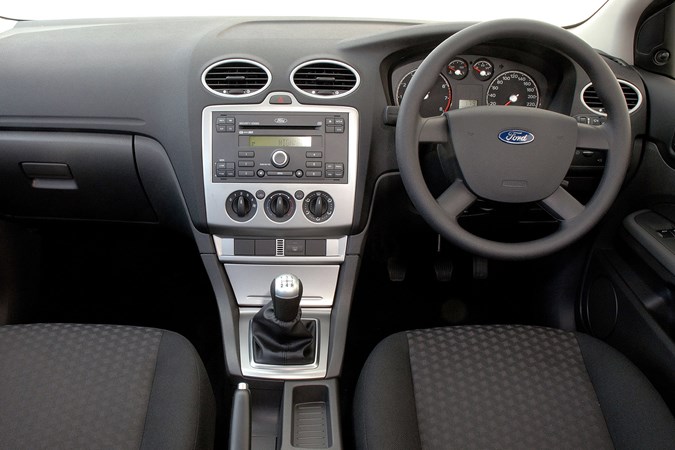
Make sure everything works. Fragile wiring to the heated screen can cause its total or part failure. A non-working rear wash wiper may point to crushed wiring in the tailgate loom sleeve near the roof hinge.
5 – Road or wheel noise
Rear wheel bearings were improved on the Ford Focus Mk2 but can often be misdiagnosed as faulty. Cheap or part-worn tyres can cause cabin noise that sounds like a wheelbearing issue. Aforementioned suspension problems may also cause a similar noise owing odd tyre wear patterns.
5 – Patchy service history
Ease of servicing means that competent DIY repair is simple. Remain vigilant for lack of paperwork with regards to service history if the owner claims to have undertaken their own routine maintenance.
6 – Bodywork and rust
Pay close inspection to front and rear parts of the sils. Stonechips and road salt are starting to eat away at the edges of the bodywork. Poor-quality body repairs and paintwork stick out like a sore thumb.
7 – Ford Focus cambelt advice
The 1.6 Ti-VCT petrol unit uses a rubber cambelt (all other Mk2 Focus models have a camchain). Replacement is scheduled for every 36,000 miles otherwise a quick and noisy death will occur. Replacement must include the tensioner so ensure this to be the case if it’s advertised as recently changed.
8 – Diesel down on power
All diesel models should feel nippy around town – if they don’t, something in wrong. Power losses have been reported to be as simple as being a damaged or restricted turbo intercooler pipe, which is an inexpensive fix by any local garage. Less-than honest traders have been known to diagnose a faulty fuel pump or turbo instead.
9 – Avoid used and abused models
High-mileage and hard-driven cars will often suffer from knocks and bangs from the suspension. This can sound catastrophic, but more often than not, worn suspension bushes are at fault here. Cheaply fixed by your local garage. Check also for uneven wear on the tyres and heavily kerbed wheels – tracking is easily sorted but will cost a lot in replacement tyres if left.
10 – Engine ECU lamps
A glowing ECU lamp may not mean the end of the world. Invest in a sensibly priced OBD code reader. A decent one will cost around £45. Common causes for the engine light being on are faulty oxygen sensors, failing ignition coil packs and crank sensors – all relatively easy if not necessarily cheap to fix, as sensors can be costly.
Ford Focus owners’ reviews
The Ford Focus gets a 3.8-star rating, and is generally seen as reliable and good value. Click below to visit the owner reviews section.
